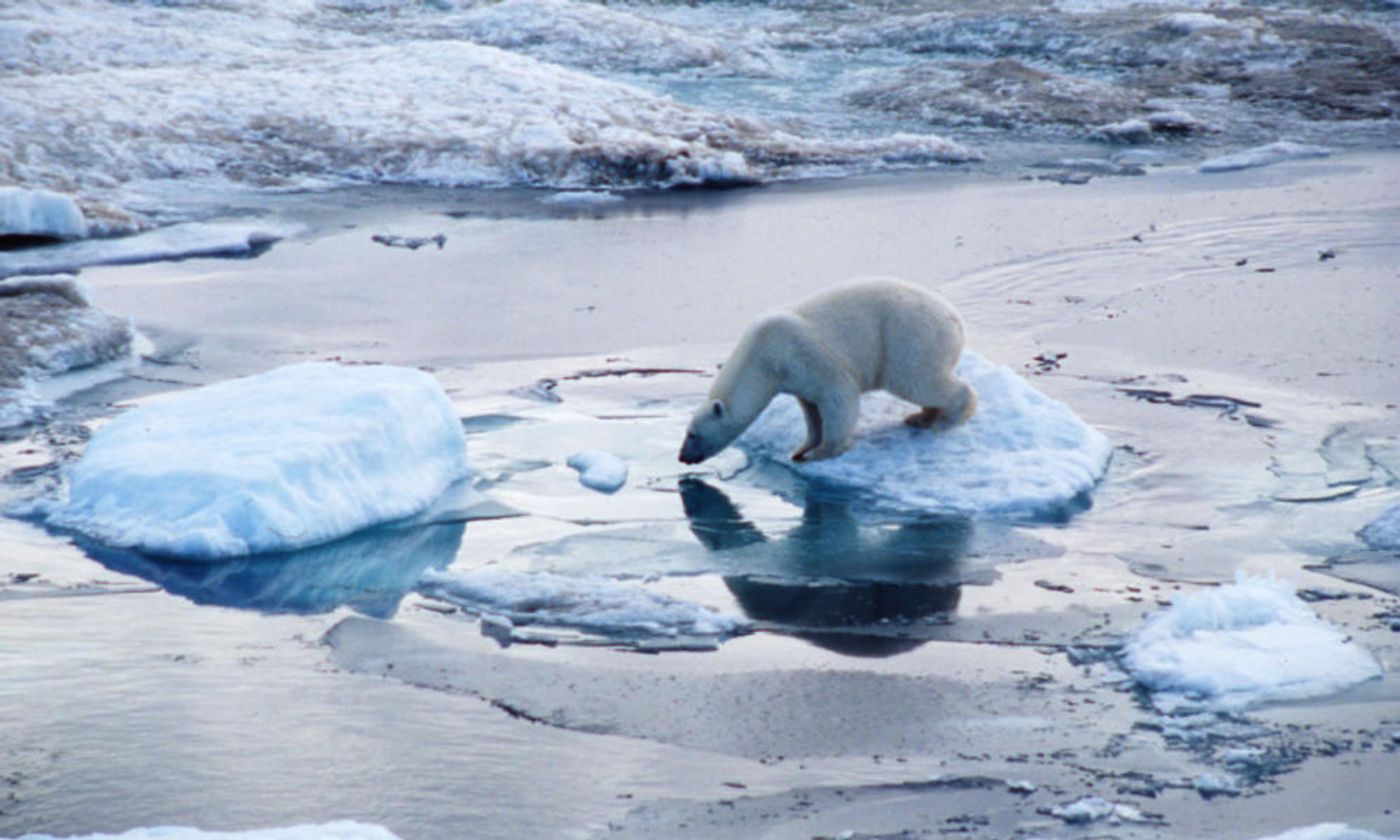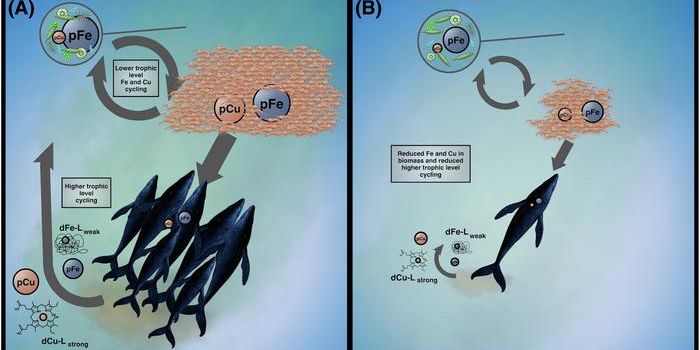Habitat Loss for Arctic Polar Bears Isn't Getting Any Better
If you’re a polar bear in the Arctic, then life isn’t getting any easier for you. Unfortunately, climate change continues to bear strong and sobering consequences on the icy environments in the North.

Image Credit: WWF
A new study available in the journal Cryosphere has found that all 19 sub-populations of polar bears in the Arctic are facing extreme habitat loss from the continuation of melting oceanic ice, a problem that has been made known by many studies before it.
“This study shows declining sea ice for all subpopulations of polar bears,” said co-author Harry Stern, a researcher with the University of Washington’s Polar Science Center. “We have used the same metric across all of the polar bear subpopulations in the Arctic so we can compare and contrast, for example, the Hudson Bay region with the Baffin Bay region using the same metric.”
Despite how well-documented this problem is, the scientists took a new approach to learn about the waning ice platforms used by polar bears. They looked for patterns relating to how soon or late the ice platforms form and melt.
Looking at satellite imagery that has been archived over the last 35 years, a team of scientists, which originate from the University of Washington, have determined oceanic ice is retreating anywhere from 3-9 days earlier every decade from 1979-2014 than the norm. On the other side of things, oceanic ice is also taking anywhere from 3-9 days longer per decade to re-form.
At this rate, with shift timeframes in ice formation nearing a month of time, it’s easy to see how things aren’t faring well for polar bears. The changes are becoming unsustainable for the many kinds of polar bears that live in the region and are interfering with the typical lifestyle of polar bears as a result of these habitat changes.
Among those, polar bears are being forced off of the ice and onto solid land much sooner in the Spring than they’re accustomed to, which is messing with their ability to travel and catch food, such as seals, to survive.
“Sea ice really is their platform for life,” said co-author Kristin Laidre, also a researcher at the Polar Science Center. “They are capable of existing on land for part of the year, but the sea ice is where they obtain their main prey.”
Additionally, it’s taking much longer for the ice to re-accumulate nearing the Fall months, which means polar bears are being kept from their routine way of life for longer durations of time than ever before, causing them to have to fast for longer periods of time.
Without oceanic ice, polar bears are unable to feed enough to last through the fasting months, and many of them lose a lot of the fat they need to survive for months before they can venture onto the ice to hunt some more.
“We expect that if the trends continue, compared with today, polar bears will experience another six to seven weeks of ice-free periods by mid-century,” Stern said. The trend appears to be linear and isn’t accelerating or leveling off, he added.
With climate change continuing down its current path, polar bears are going to continue to face hardship. Unfortunately, it looks like things may just continue to get worse.
On the brighter side of things, the research is reportedly being used to help conservation efforts.
Source: European Geosciences Union








